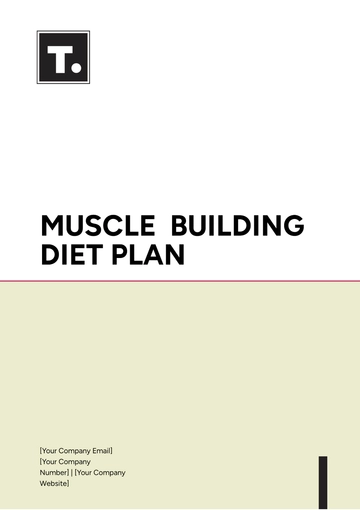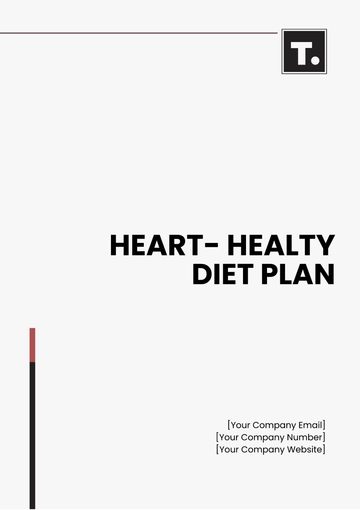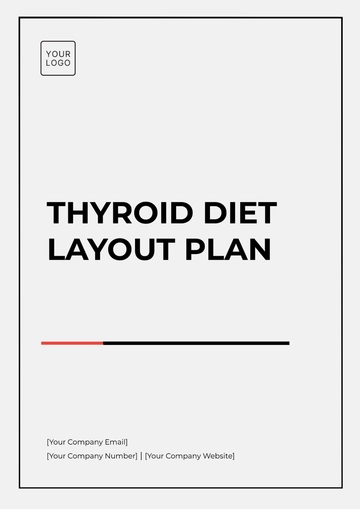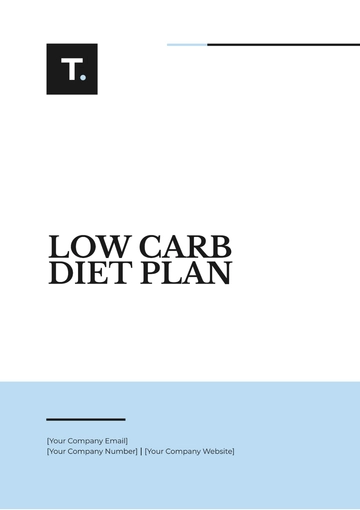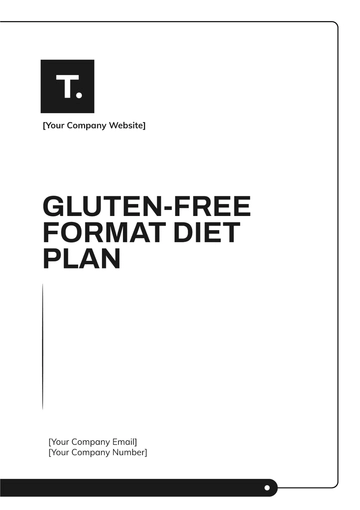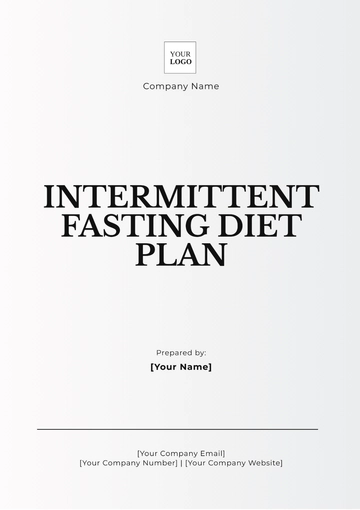Free Low Carb Diet Plan
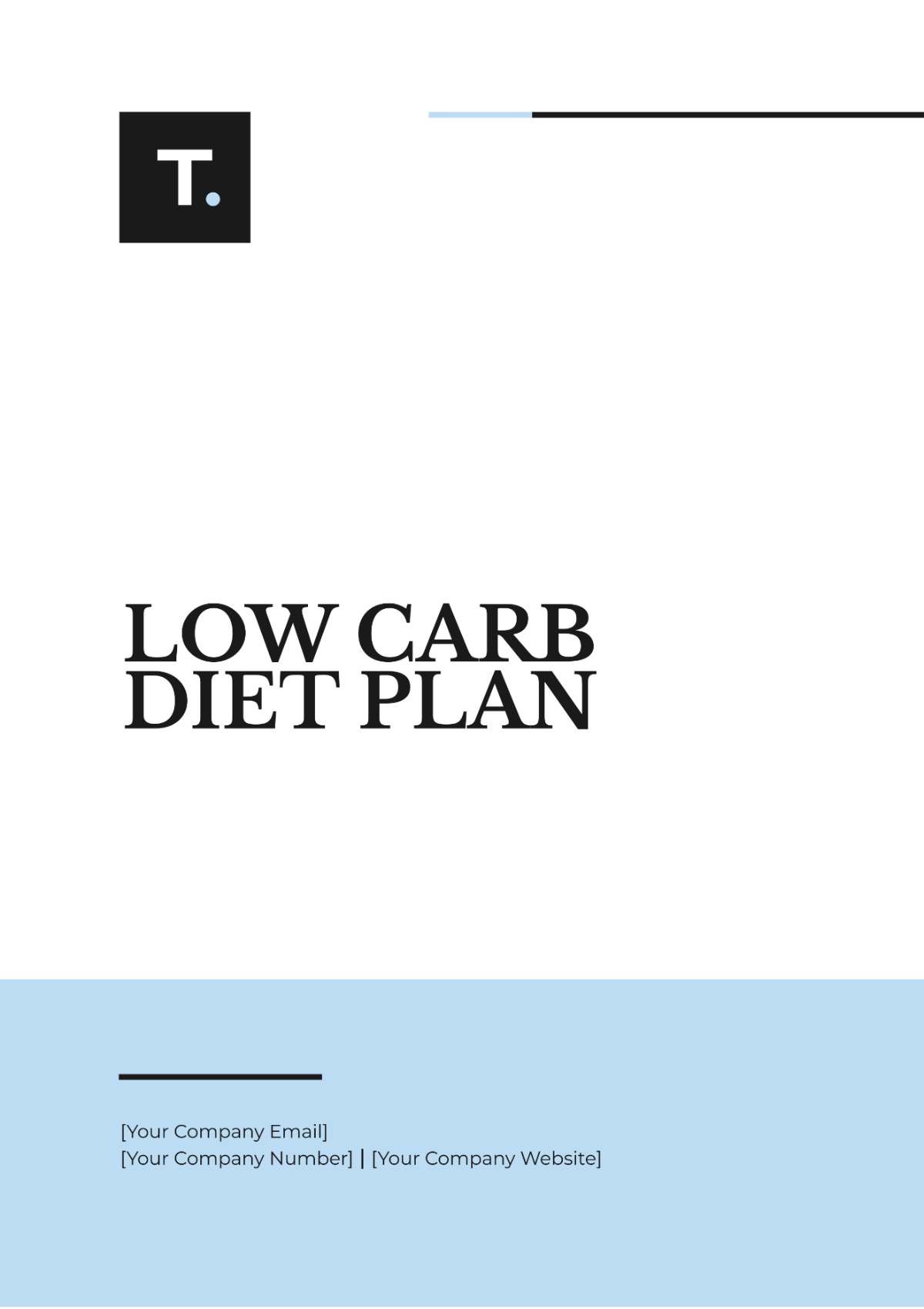
I. Introduction
A low-carb diet is designed to reduce the intake of carbohydrates, encouraging a higher consumption of proteins and healthy fats. This dietary approach can be beneficial for weight management, blood sugar regulation, and overall health enhancement. By shifting the body's primary fuel source from carbohydrates to fats, individuals may experience several health benefits, making it a popular choice for those seeking to improve their well-being.
II. Benefits of a Low-Carb Diet
A. Weight Loss
One of the primary advantages of a low-carb diet is its effectiveness in promoting weight loss. By reducing carbohydrate intake, the body is prompted to utilize stored fat for energy, a metabolic state known as ketosis. This process can lead to significant fat loss while preserving muscle mass, especially when combined with physical activity.
B. Blood Sugar Control
Individuals with diabetes or insulin resistance can find a low-calorie diet particularly advantageous. Lowering carbohydrate consumption helps stabilize blood sugar levels, reducing the need for insulin and minimizing the risk of blood sugar spikes. This dietary adjustment can lead to improved glycemic control and reduced medication dependency for some individuals.
C. Improved Heart Health
Research indicates that a low-carb diet can positively impact heart health by reducing levels of triglycerides, a type of fat found in the blood, while simultaneously increasing high-density lipoprotein (HDL) cholesterol, often referred to as "good" cholesterol. This shift can decrease the risk of heart disease and improve overall cardiovascular health.
D. Enhanced Mental Clarity
Many individuals report heightened mental clarity and cognitive function on a low-carb diet. The brain benefits from a stable supply of energy from ketones, produced when fat is burned for fuel. This can lead to improved focus, reduced brain fog, and enhanced cognitive performance throughout the day.
III. Foods to Eat
To optimize your low-carb diet, incorporate the following nutrient-dense foods:
Meat: Prioritize high-quality sources such as grass-fed beef, organic chicken, and pasture-raised pork, which provide essential amino acids and nutrients.
Fatty Fish: Include fatty fish like salmon, trout, and sardines, rich in omega-3 fatty acids, which support heart and brain health.
Eggs: A versatile source of protein, eggs are nutrient-dense and can be prepared in various ways to suit your preferences.
Low-Carb Vegetables: Emphasize leafy greens (spinach, kale), cruciferous vegetables (broccoli, cauliflower), and other low-carb options that are high in vitamins and minerals.
Nuts and Seeds: Incorporate almonds, walnuts, chia seeds, and flaxseeds for healthy fats, fiber, and protein.
Healthy Fats: Opt for sources like olive oil, coconut oil, and avocados, which provide essential fatty acids and contribute to satiety.
IV. Foods to Avoid
To effectively follow a low-carb diet, limit or eliminate the following foods:
Sugary Foods: Avoid soda, candy, baked goods, and other sugar-laden products that can spike blood sugar levels.
Grains: Steer clear of bread, pasta, rice, and other high-carb grains that contribute to carbohydrate overload.
High Carb Vegetables: Limit starchy vegetables such as potatoes, corn, and carrots, which can increase carbohydrate intake significantly.
Fruits: Be cautious with high-sugar fruits like bananas, apples, and grapes; opt for lower-sugar options like berries in moderation.
Low-Fat Diet Products: Many low-fat items are artificially sweetened or processed, making them unsuitable for a low-carb diet.
V. Sample Meal Plan
Day 1
Meal | Food Item |
|---|---|
Breakfast | Scrambled eggs with spinach and feta cheese |
Lunch | Grilled chicken salad with mixed greens and olive oil dressing |
Dinner | Baked salmon with asparagus and lemon butter |
Day 2
Meal | Food Item |
|---|---|
Breakfast | Greek yogurt topped with mixed nuts and seeds |
Lunch | Beef stir-fry with broccoli, bell peppers, and sesame oil |
Dinner | Roasted pork chops with cauliflower mash and sautéed greens |
Day 3
Meal | Food Item |
|---|---|
Breakfast | Omelette with mushrooms, cheese, and herbs |
Lunch | Tuna salad with avocado, cucumber, and olive oil |
Dinner | Grilled shrimp with zucchini noodles and garlic butter |
VI. Common Challenges and Solutions
A. Cravings for Carbs
Cravings for carbohydrates can be challenging, especially during the initial transition. To combat these cravings, ensure adequate hydration by drinking plenty of water, incorporate more fiber-rich foods to promote fullness, and practice mindful eating techniques to reduce impulsive food choices.
B. Nutrient Deficiency
Adhering to a low-carb diet may pose a risk for nutrient deficiencies. To mitigate this, consume a diverse range of low-carb vegetables, including leafy greens and cruciferous options. Additionally, consider taking supplements, such as magnesium, potassium, and omega-3 fatty acids, to support overall health.
C. Dining Out
When dining out, making low-carb choices can be straightforward. Opt for grilled meats and fish, request salads with dressing on the side, and choose vegetables instead of starchy sides. Don't hesitate to ask the restaurant for modifications to your meal to better align with your dietary preferences.
VII. Conclusion
A low-carb diet can provide a variety of health benefits when approached thoughtfully. By focusing on whole, unprocessed foods and being mindful of nutritional intake, individuals can achieve sustainable weight loss, improved blood sugar levels, and enhanced overall health. As with any dietary change, it is advisable to consult with a healthcare professional or nutritionist to ensure the diet aligns with individual health needs and goals.
- 100% Customizable, free editor
- Access 1 Million+ Templates, photo’s & graphics
- Download or share as a template
- Click and replace photos, graphics, text, backgrounds
- Resize, crop, AI write & more
- Access advanced editor
Elevate your health journey with the Low Carb Diet Plan Template, designed for easy meal planning and tracking. This customizable template allows you to tailor your diet to meet personal goals effortlessly. Enjoy the convenience of a downloadable and printable format, making it easy to follow wherever you go. Plus, it’s editable in our AI Editor Tool for seamless adjustments.




